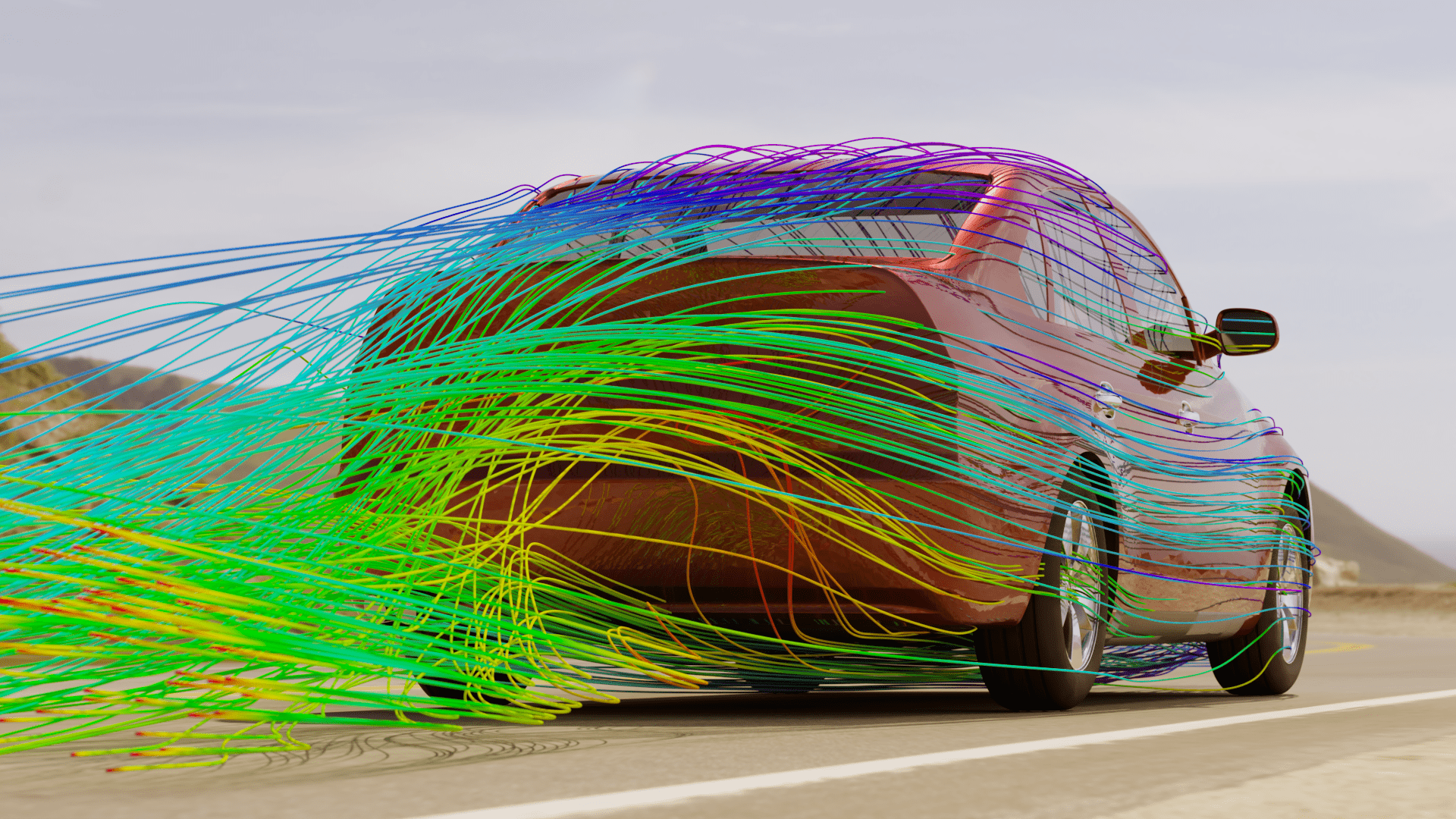Blog
How to Run AI-Powered CAE Simulations

Introduction to AI-Powered CAE Simulations
The integration of artificial intelligence (AI) in Computer-Aided Engineering (CAE) simulations marks a transformative shift in engineering practices. By enhancing simulation speed, accuracy, and efficiency, AI technologies are revolutionizing how engineers and designers approach complex problems.
Understanding CAE Simulations
CAE simulations play a crucial role in the engineering design process. They allow engineers to analyze physical systems through computer-generated models. By simulating real-life scenarios, CAE helps in predicting how designs will perform under various conditions. This not only saves time and resources but also leads to safer, more effective products.
The Role of AI in CAE
AI technologies, including machine learning and deep learning, have introduced new capabilities to traditional CAE simulations. Here’s how AI enhances the simulation process:
1. Increased Computational Efficiency
AI algorithms can process large datasets and derive insights far more quickly than conventional methods. This leads to faster simulation times, enabling engineers to conduct more experiments in less time. For example, AI can optimize the mesh generation and refinement process, significantly reducing the time spent on preparing models.
2. Enhanced Predictive Accuracy
Machine learning models can learn from historical data and improve their predictions over time. By analyzing vast amounts of simulation results, these AI systems can identify patterns and correlations that might be missed through traditional analysis methods. This results in more accurate predictions of how engineering designs will perform.
3. Automation of Routine Tasks
AI can automate many routine tasks in CAE, such as parameter tuning and result analysis. This not only enhances productivity but also allows engineers to focus on more strategic aspects of their projects. By freeing them from repetitive tasks, AI fosters creativity and innovation.
Implementing AI in CAE Simulations
Integrating AI into CAE processes may seem daunting, but with the right approach, it can be smooth and rewarding. Consider the following steps to effectively implement AI in your CAE simulations.
1. Assess Your Needs
Before diving into AI, it’s essential to assess your organization’s specific needs. Identify the challenges you face in your current CAE processes. This could be long simulation times, difficulty in data interpretation, or a need for more design iterations. Understanding your pain points will guide your AI strategy.
2. Choose the Right Tools
There are multiple AI tools and platforms available, each designed to cater to different aspects of CAE. Some are better suited for data analysis, while others excel in simulation automation. Assess your options and select the tools that best align with your goals and budget.
3. Train Your Team
Introducing AI into your workflow requires a skilled team. Invest in training programs to ensure that your engineers and analysts are comfortable using AI tools. This might include understanding AI concepts, machine learning basics, and how to interpret AI-generated data.
Best Practices for AI-Powered CAE Simulations
To maximize the benefits of AI in CAE simulations, it’s important to follow established best practices.
1. Collaborate Across Disciplines
AI implementation in CAE is not limited to engineers alone. Collaboration between disciplines—such as software developers, data scientists, and design engineers—ensures that diverse perspectives are considered. This teamwork fosters innovative solutions and more effective AI integration.
2. Maintain Data Quality
The success of AI-driven simulations heavily depends on the quality of your data. Ensure that your datasets are clean, relevant, and representative. Regular audits of your data will contribute to more reliable models and simulations.
3. Continuously Iterate and Improve
After implementing AI in your CAE simulations, it’s crucial to continuously analyze and improve your processes. Gather feedback from users, monitor performance metrics, and make adjustments as necessary. Engaging in continuous improvement ensures that your simulation processes remain cutting-edge.
Challenges of AI in CAE Simulations
While the advantages of AI in CAE are significant, there are challenges to consider.
1. Data Privacy and Security
With the rise of AI, data privacy and security have become paramount. Companies must implement robust security measures to protect sensitive information used in simulations. This includes encryption, access controls, and regular security audits.
2. Overfitting and Model Generalization
Machine learning models can sometimes become too tailored to the training data, leading to overfitting. It’s crucial to strike a balance between model complexity and generalization capabilities. Using techniques like cross-validation can help mitigate this risk.
3. Resistance to Change
Changing established processes can meet resistance from team members. Cultivating a culture that embraces innovation and values the benefits of AI in CAE is essential. Open discussion and training can ease this transition and garner support from all stakeholders.
Future of AI in CAE Simulations
The future of AI-powered CAE simulations is promising. As technology evolves, we can expect even more sophisticated tools and platforms that will enhance simulation capabilities. Emerging trends include greater integration of real-time data, improved user interfaces, and more intuitive machine learning algorithms.
1. Real-Time Data Integration
The ability to integrate real-time data into CAE simulations will enable dynamic analysis and adjustments. This could significantly enhance predictive capabilities and lead to more responsive engineering designs.
2. Improved User Interfaces
As AI tools become more prevalent, user interfaces will become increasingly intuitive. This will allow engineers to interact more easily with complex simulations, reducing the learning curve associated with new technologies.
3. Advanced Machine Learning Algorithms
The development of advanced machine learning algorithms will continue to drive innovation in CAE. These algorithms will be capable of simulating even more complex systems and providing deeper insights into design performance and optimization.
Conclusion
AI-powered CAE simulations are revolutionizing the engineering landscape, offering significant improvements in efficiency, accuracy, and productivity. By understanding the integration process, adhering to best practices, and remaining aware of potential challenges, organizations can successfully harness the power of AI to enhance their engineering capabilities. As technology continues to evolve, staying informed and adaptable will be key to maintaining a competitive edge in an increasingly complex engineering environment.

